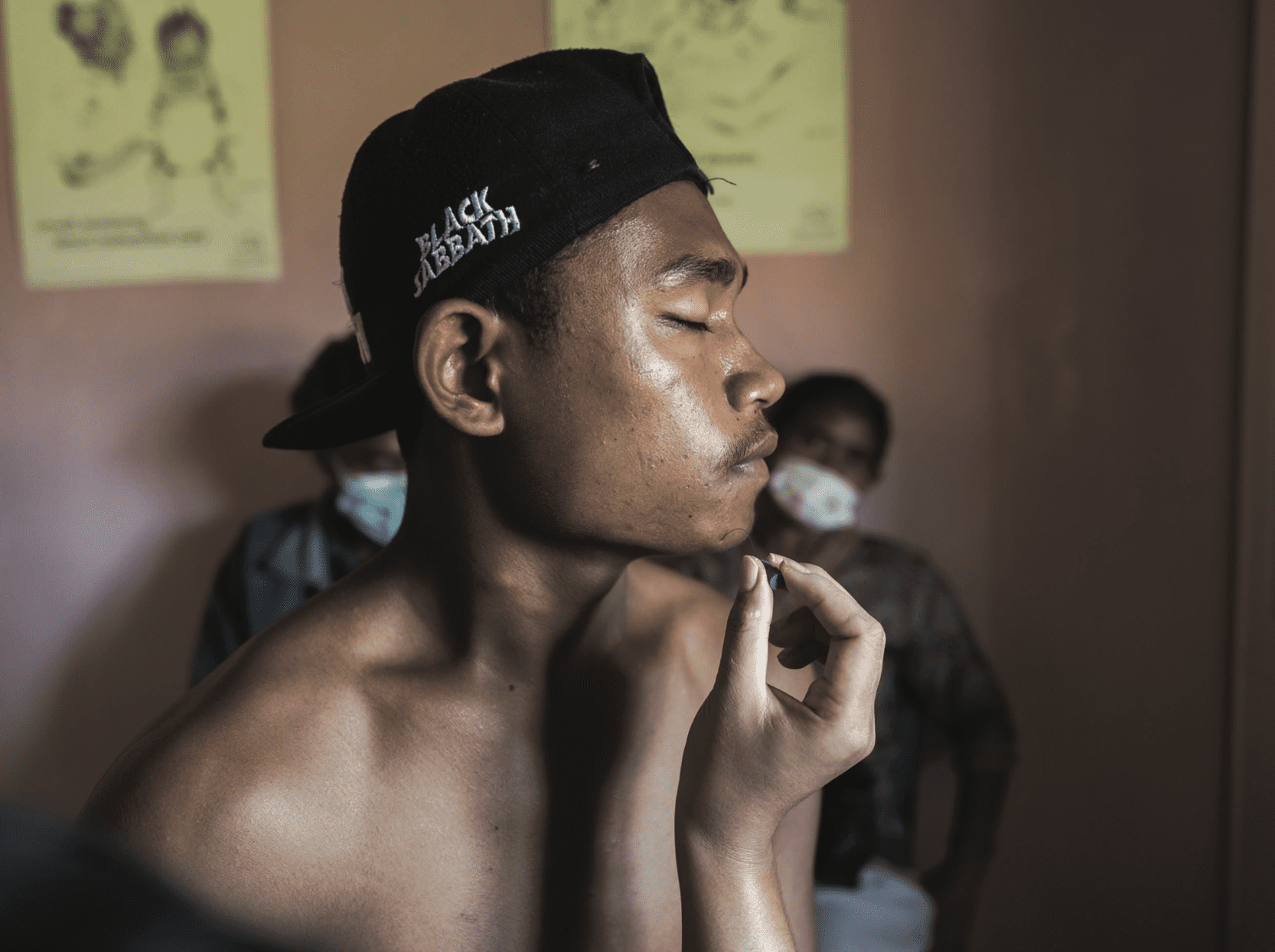Leprosy impacts impoverished communities in low-income and middle-income countries (LMICs), with over 200,000 new cases recorded annually worldwide. This infectious disease is caused by Mycobacterium leprae or Mycobacterium lepromatosis and primarily affects the skin and peripheral nerves. Effective multidrug therapy is available, and, with early detection and treatment, leprosy is curable. Yet disease management can be complicated by immune-mediated reactions, which may cause irreversible nerve damage and lead to lifelong disabilities that are associated with stigmatisation and discrimination. Despite progress in the past few decades, the disease burden has stalled, with some countries not meeting WHO goals of interrupting transmission and reducing incidence.
The Eijkman Oxford Clinical Research Unit in Indonesia and Sumba Foundation collaborated with photographer Yoppy Pieter to express the human face of leprosy in Sumba, a remote island in eastern Indonesia. The project aimed to visualise the story of leprosy and raise awareness of this debilitating and heavily stigmatised disease.
This work was funded by Wellcome: Provisions for Public Engagement (106680/Z/14/A)
The article is available free of charge in The Lancet.
Photo caption:
Agustinus developed six hypopigmented skin lesions with loss of sensation in the past five years. The lesions started on his chin and slowly extended to his arms and legs. He was diagnosed with multibacillary leprosy a year ago. In endemic settings, leprosy is diagnosed on the basis of the presence of at least one out of three cardinal signs: the presence of skin lesions with definite loss of sensation, a thickened or enlarged peripheral nerve, and a positive slit skin smear (or skin/nerve biopsy) with the demonstration of mycobacteria.
This photo is a part of the series “Picturing health: the burden of leprosy in eastern Indonesia.” Visit the article to see the full series.



